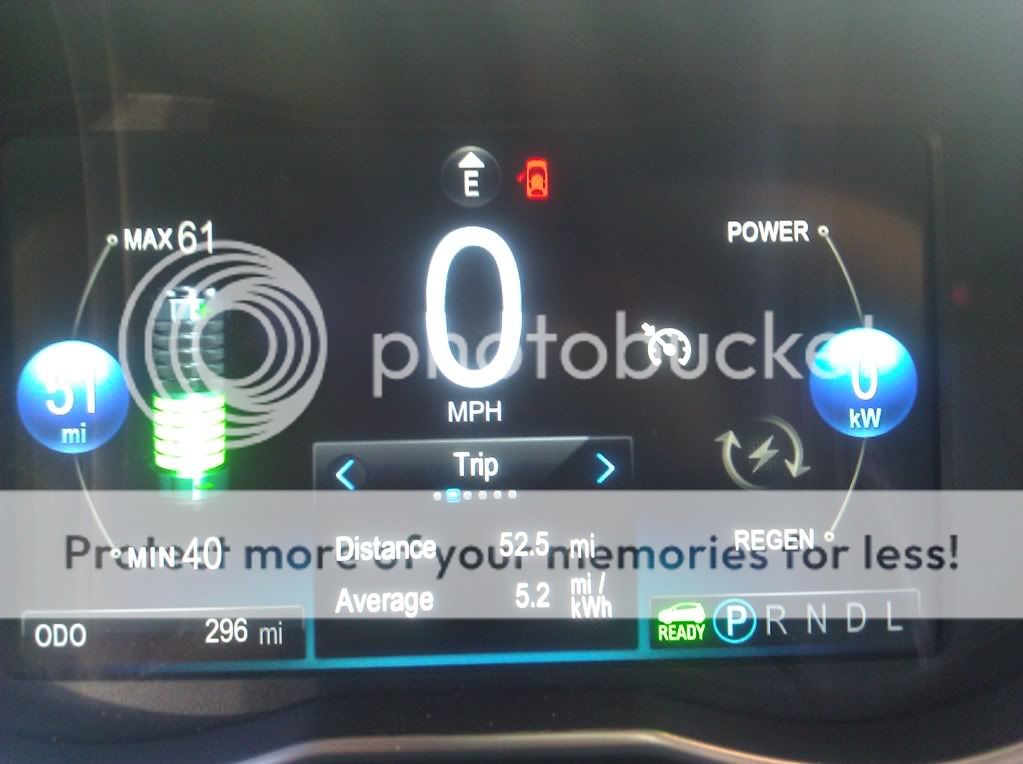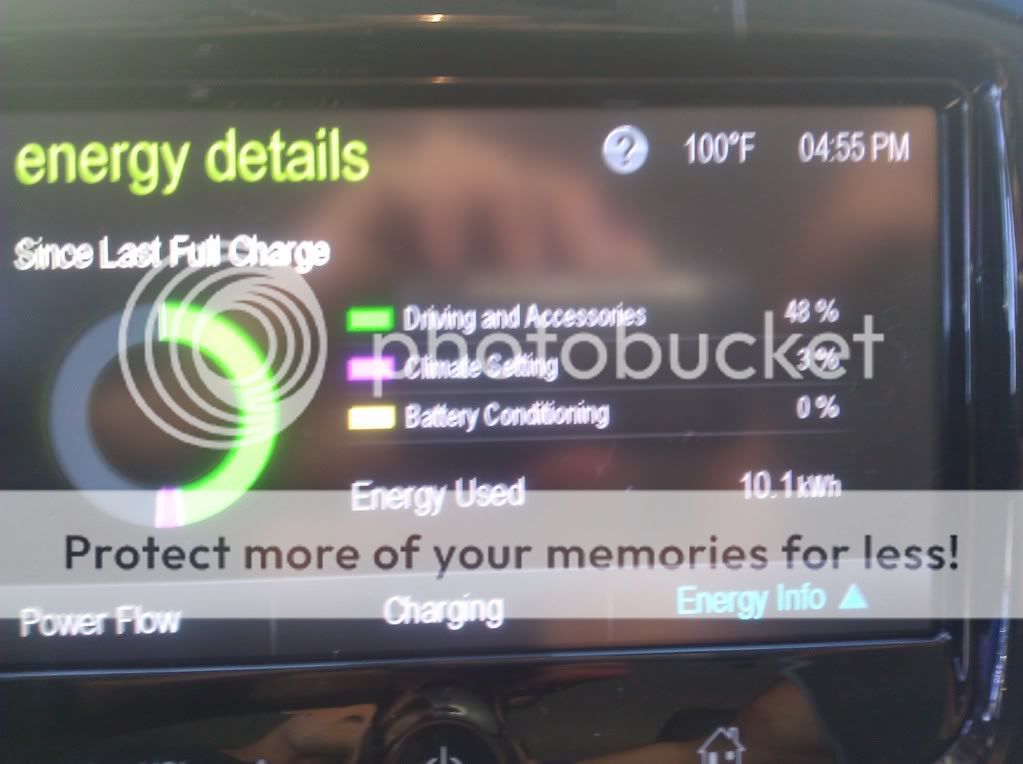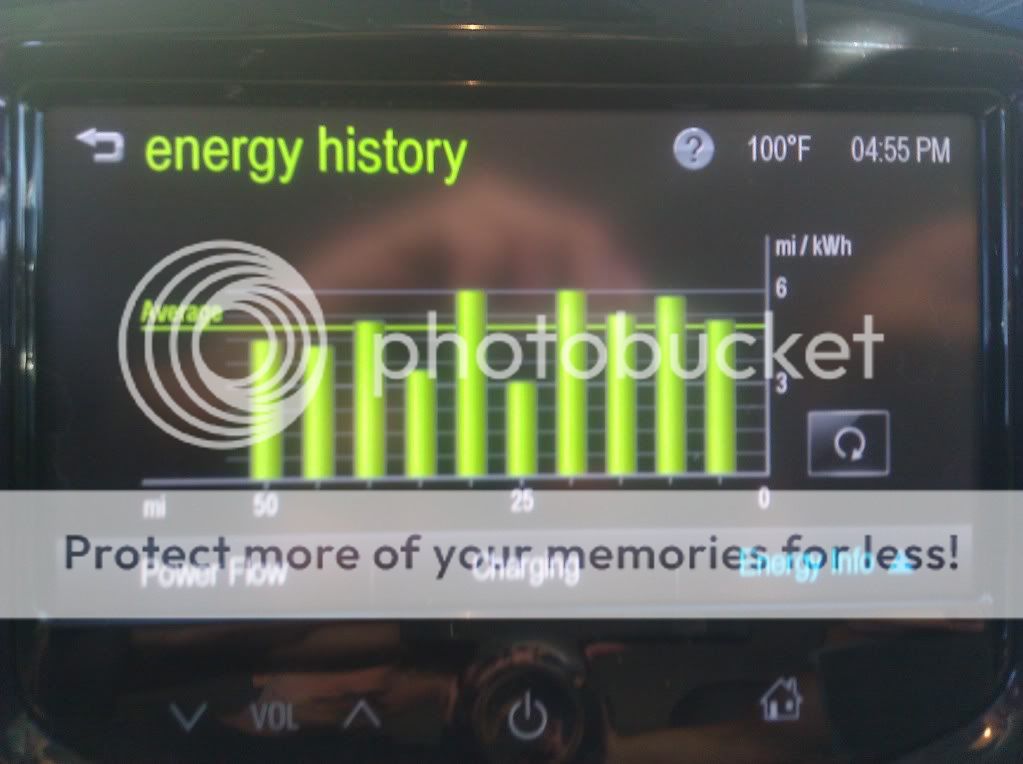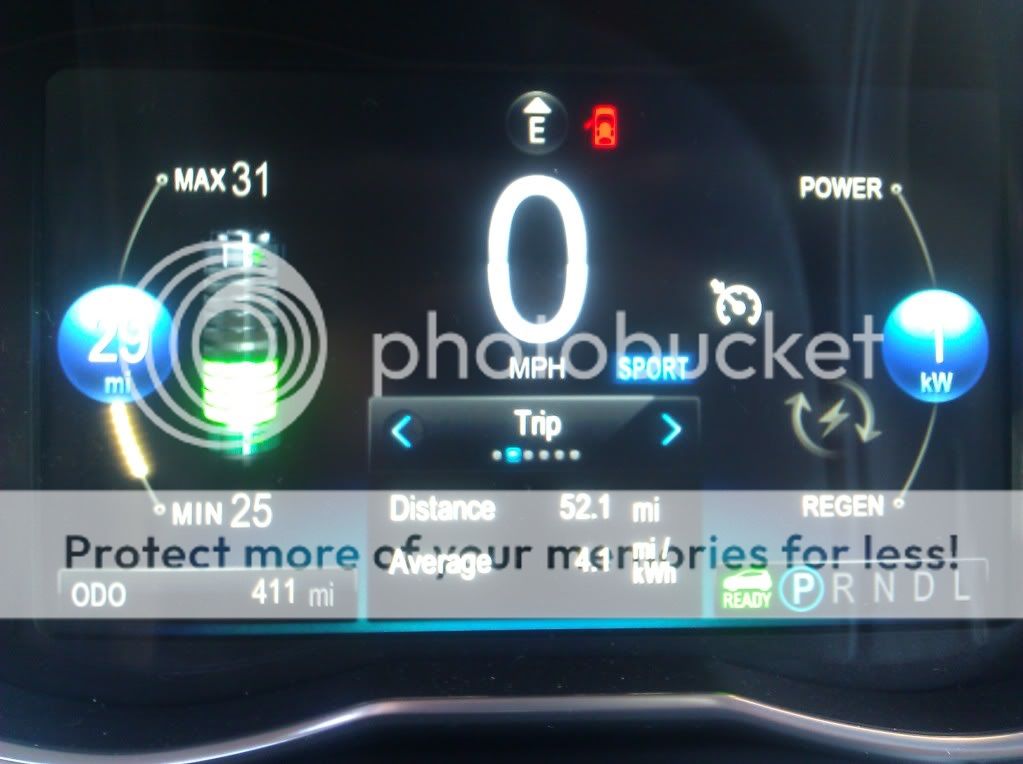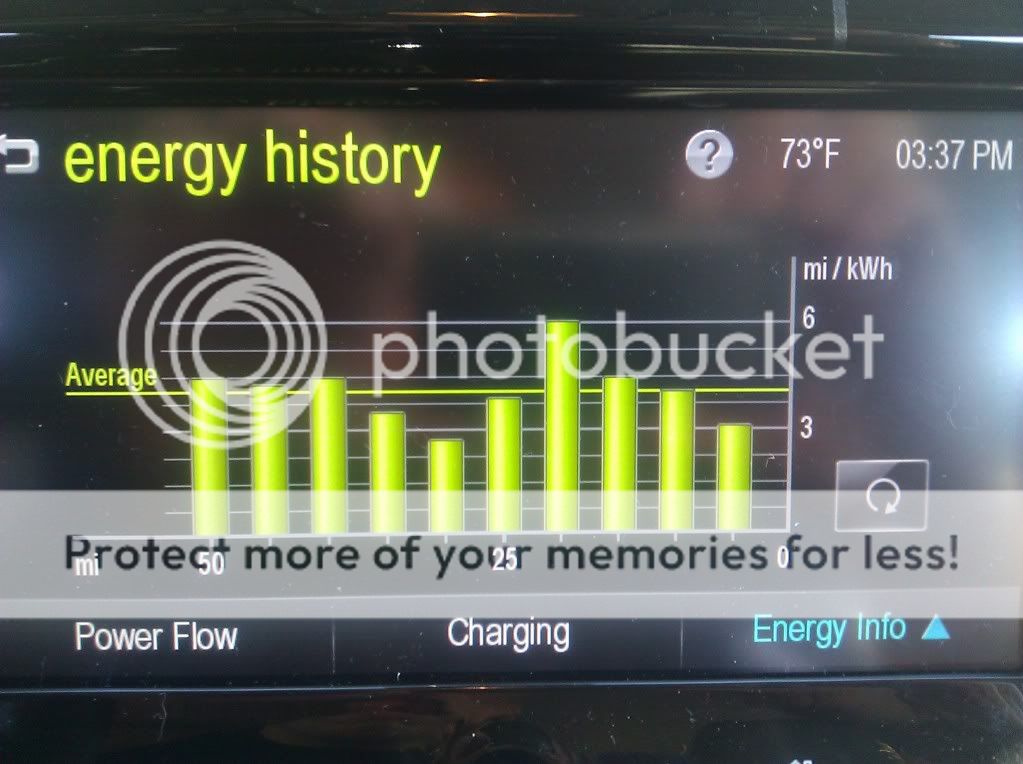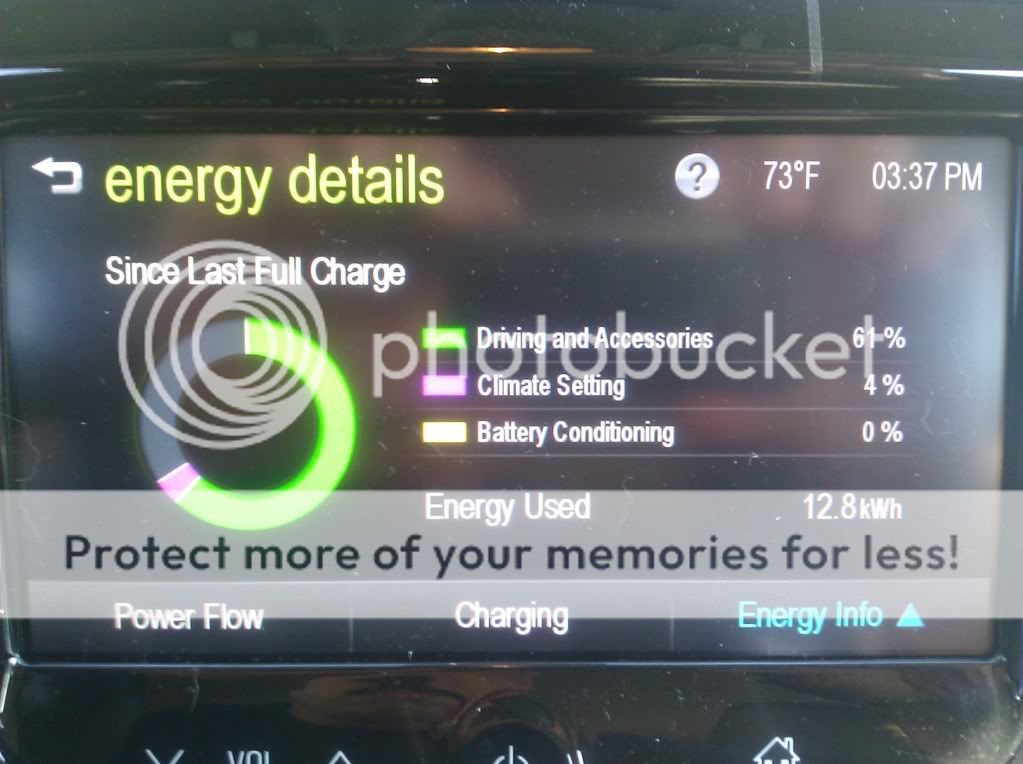So, I have had my Spark for about a week now. My daily commute is about 32 miles round trip and I have been charging for a 3-4 hours every evening on my home 110v for my work commute.
Today, for the first time I used my work provided 240v Chargepoint charging station and charged my Spark to full. Now its showing a range of 100 miles!!!
1. Is this the real range - 100 miles??!!?? or is Chevy's estimate a little confused since it is car's first full charge and once I start driving it will come down.
2. If it is the real range, why is Chevy not advertising this? 20 miles difference will make a huge difference for people who are on fence because of its range.
-B
Today, for the first time I used my work provided 240v Chargepoint charging station and charged my Spark to full. Now its showing a range of 100 miles!!!
1. Is this the real range - 100 miles??!!?? or is Chevy's estimate a little confused since it is car's first full charge and once I start driving it will come down.
2. If it is the real range, why is Chevy not advertising this? 20 miles difference will make a huge difference for people who are on fence because of its range.
-B


























